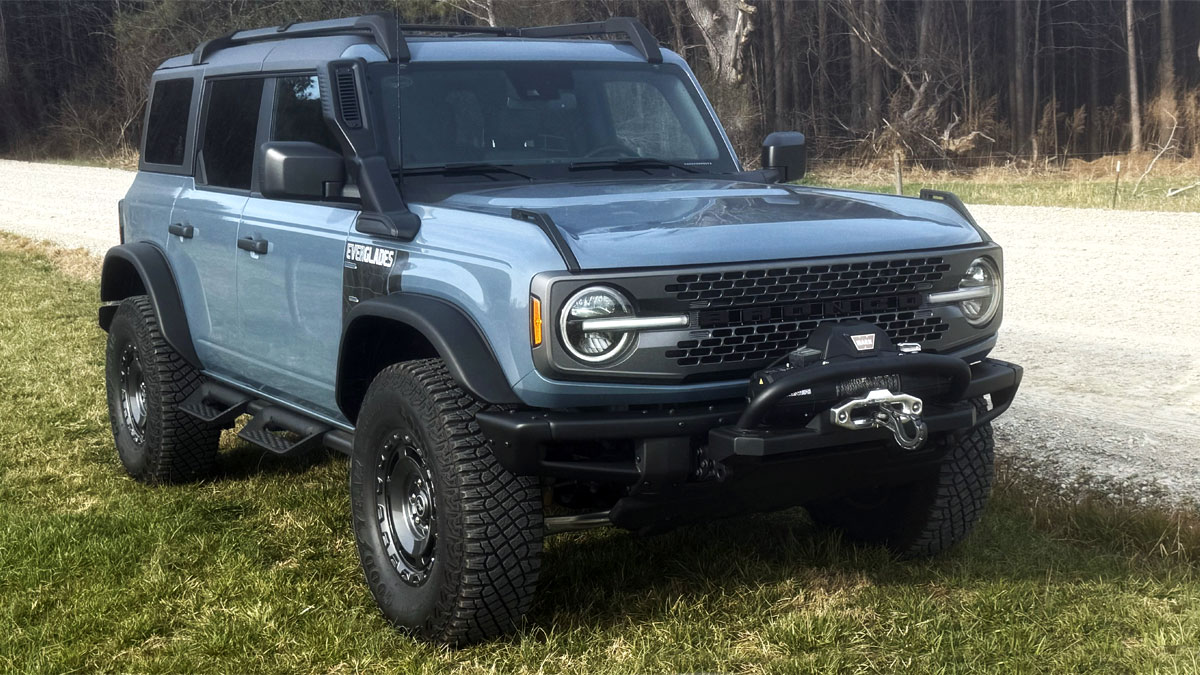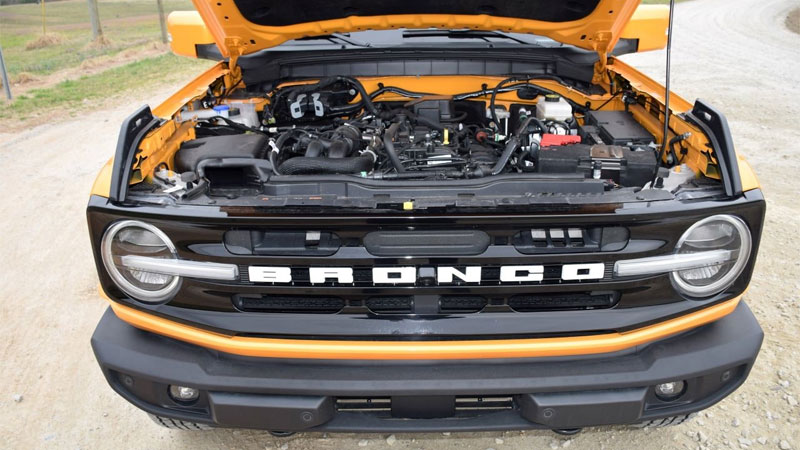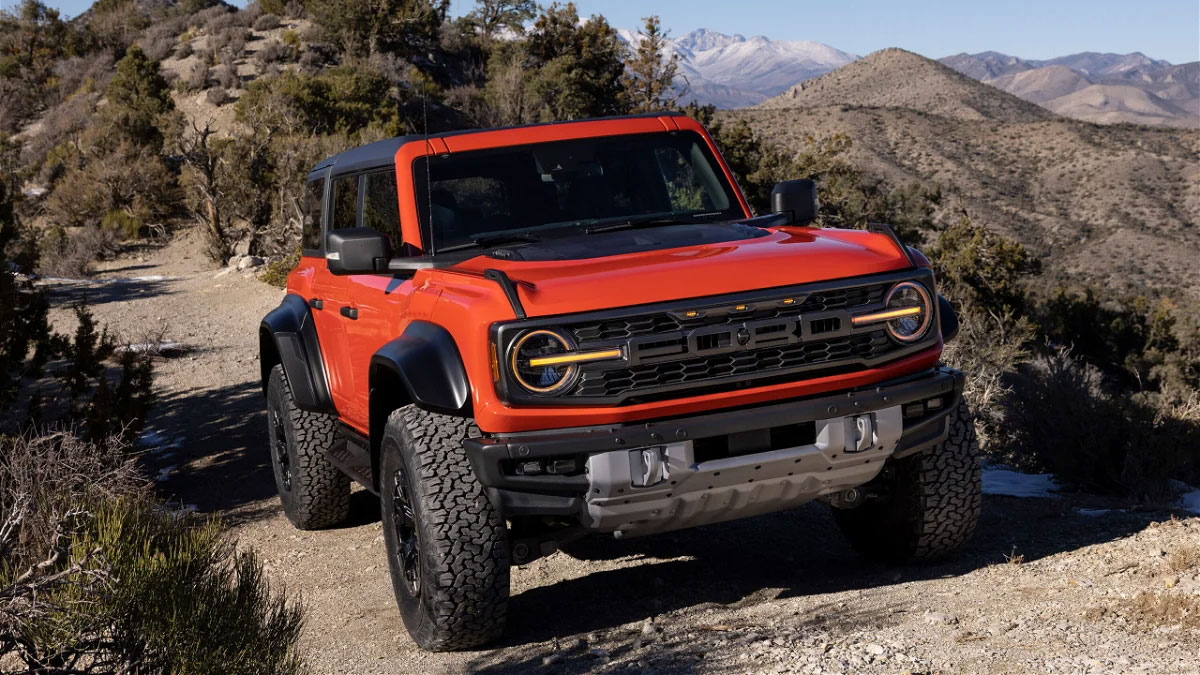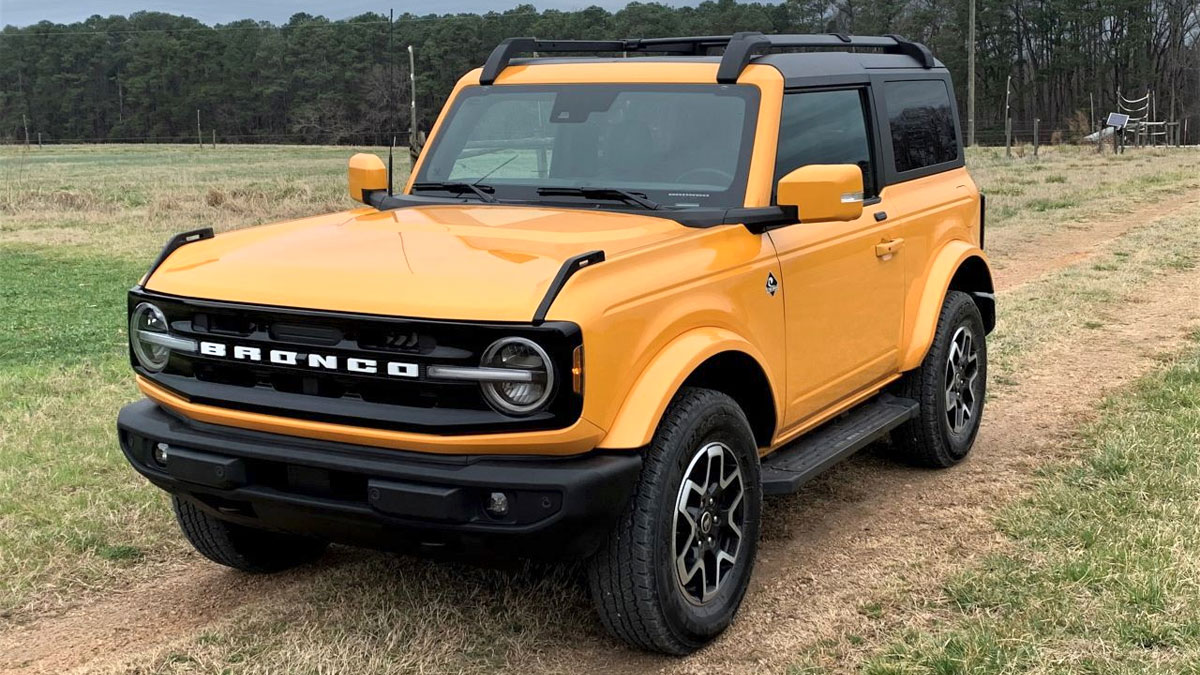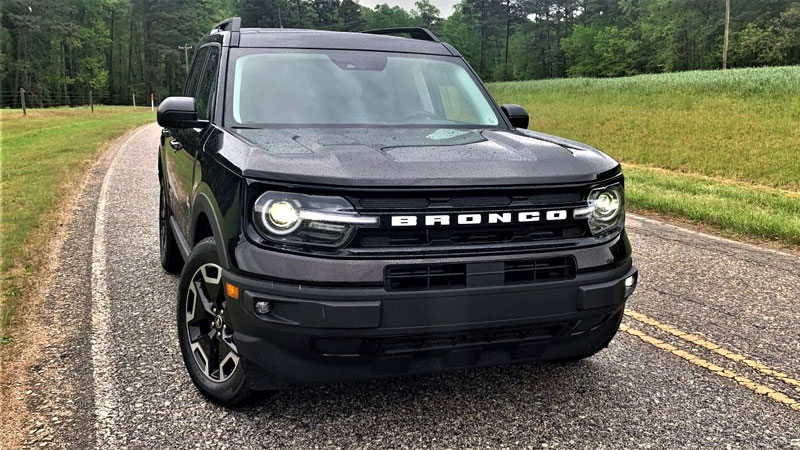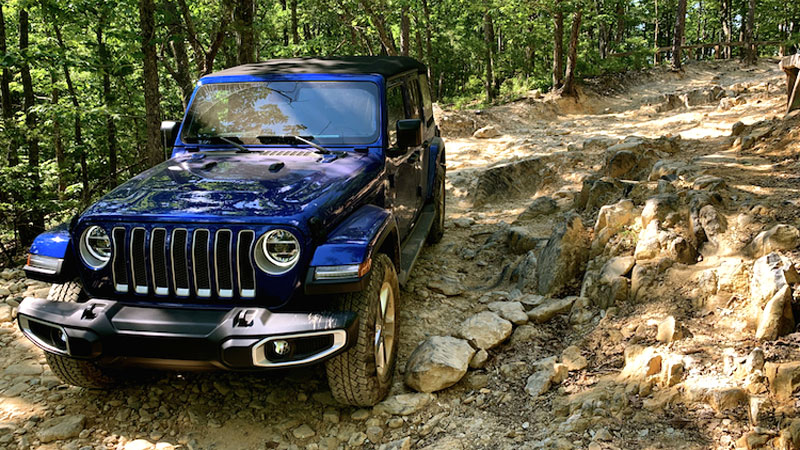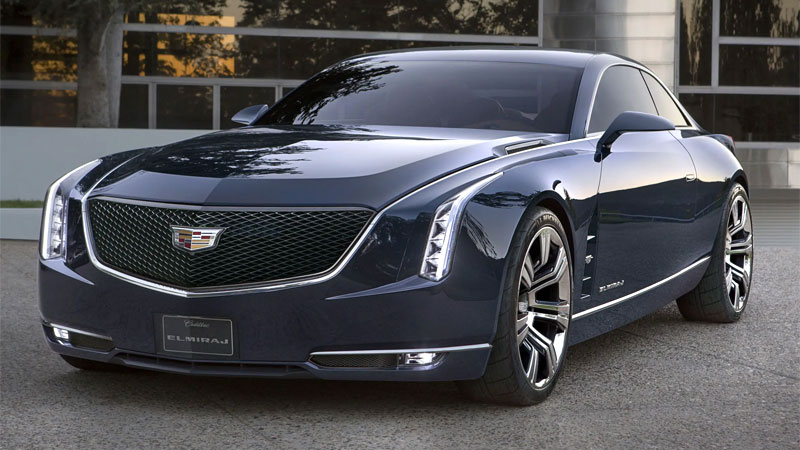2024 Ford Bronco (Iconic SUV Continues to Impress)
25 years following its discontinuation, the Ford Bronco made a highly anticipated comeback in 2021, reigniting excitement among enthusiasts. As a classic SUV, it directly rivals the Jeep Wrangler, offering similar features such as two- and four-door choices, removable doors, and an optional soft top. Now in its fourth year, … Read more

